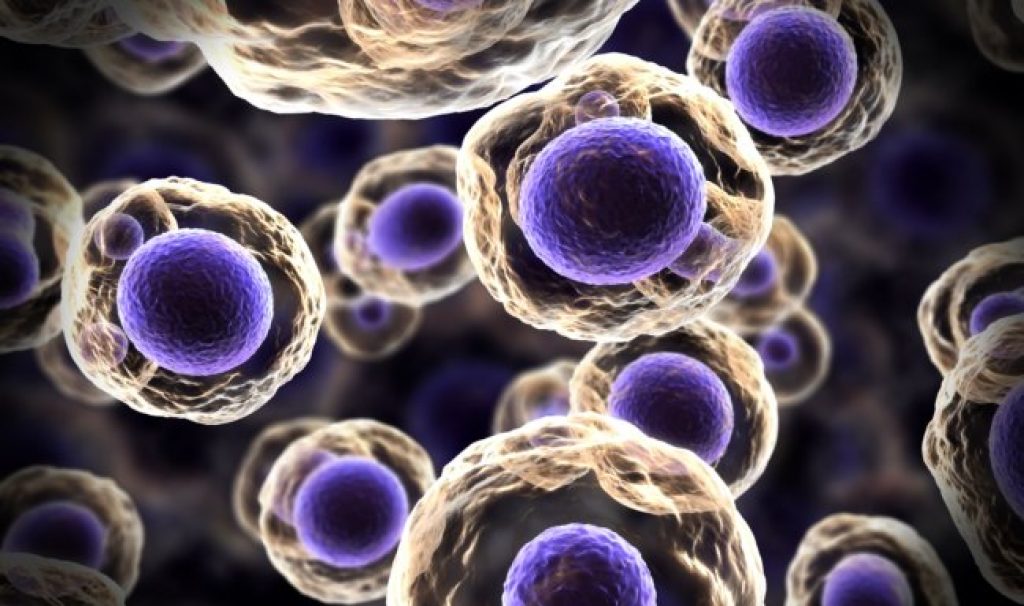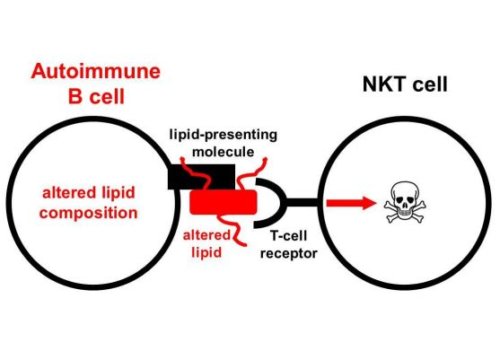
AsianScientist (Jul. 6, 2015) – Using single-cell RNA sequencing, researchers have shown that dendritic cells (DC) are committed to their downstream lineages even before they leave the bone marrow. These results, published in Nature Immunology, could aid scientists in finding ways to boost the immune response to infections or dampen it in autoimmune diseases such as lupus and rheumatoid arthritis.
Dr. Florent Ginhoux and colleagues from the Singapore Immunology Network (SIgN), a research institute under the Agency for Science, Technology and Research (A*STAR), together with Dr. Shalin Naik and Mr. Jaring Schreuder from Melbourne’s Walter and Eliza Hall Institute, discovered each subtype of dendritic cell had its own, unique parent cell.
“Dendritic cells are the intelligence-gathering cells that educate the immune system,” Naik said. “They tell the infection-fighting T cells and NK cells what a virus, bacterium, fungus or cancer looks like so they know what they’re looking for when fighting disease.”
“If we learn how to control dendritic cells, we could strengthen our immune response to infection when needed, or weaken the action of certain immune cells that attack the body’s own tissues in autoimmune disease.”
Ginhoux, senior principal investigator at SIgN and lead scientist of the study, said previous research had examined thousands of cells at once.
“In contrast, we used the latest technologies to examine individual immune cells and their ‘daughter’ cells, revealing there isn’t one single parent cell for all subtypes of dendritic cells, but instead a unique progenitor for each individual subtype.”
Targeting progenitor cells could make treatments more efficient, Ginhoux said.
“One progenitor cell can produce multiple daughter cells,” he said. “Suppressing a progenitor from creating the subtype of dendritic cells implicated in causing lupus, for example, could be an efficient way of treating autoimmune diseases while minimising the impact on the rest of the immune system.”
“Similarly, triggering extra production of particular dendritic cells could improve the immune response to infections or vaccines. This discovery will enable scientists to find ways of tweaking our immune response with much greater accuracy and precision than ever before.”
Mapping the blood cell family tree would help to understand what goes wrong when disease occurs, Naik said.
“We and others have been following this family tree from one daughter cell to the next to discover how each cell type is created and how the parent cell ‘decides’ if it should make more of itself or create the next cell type.”
“By dissecting the heritage of these cells, we can find new targets to tackle a range of conditions including infectious diseases, cancers and immune disorders, and even make vaccines more effective,” he added.
The article can be found at: Schlitzer et al. (2015) Identification of cDC1- and cDC2-committed DC Progenitors Reveals Early Lineage Priming at the Common DC Progenitor Stage in the Bone Marrow.
———
Source: Walter & Eliza Hall Institute of Medical Research; Photo: Shutterstock.
Disclaimer: This article does not necessarily reflect the views of AsianScientist or its staff.












